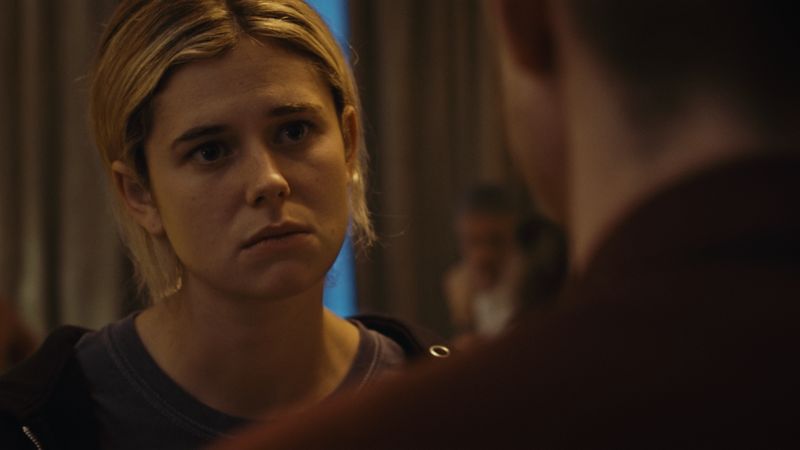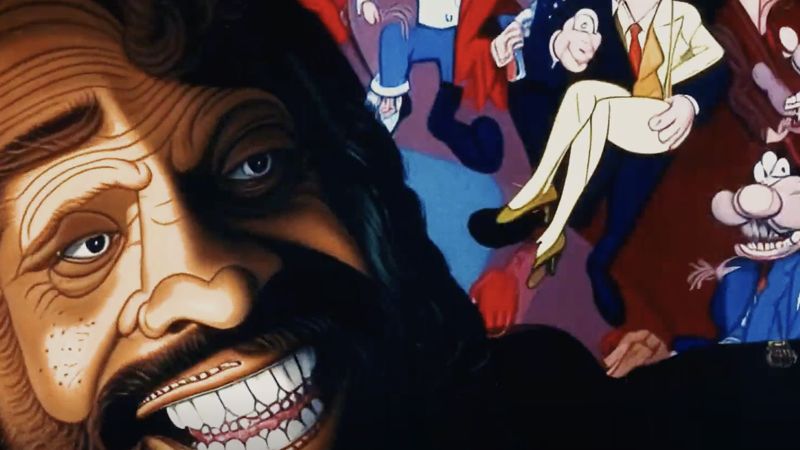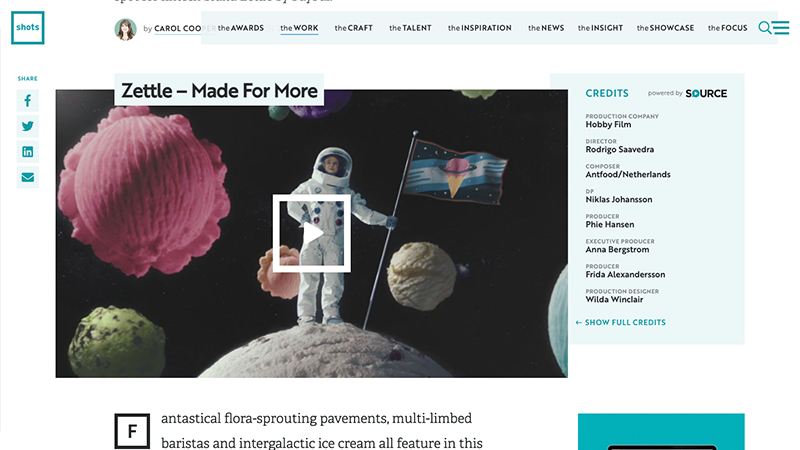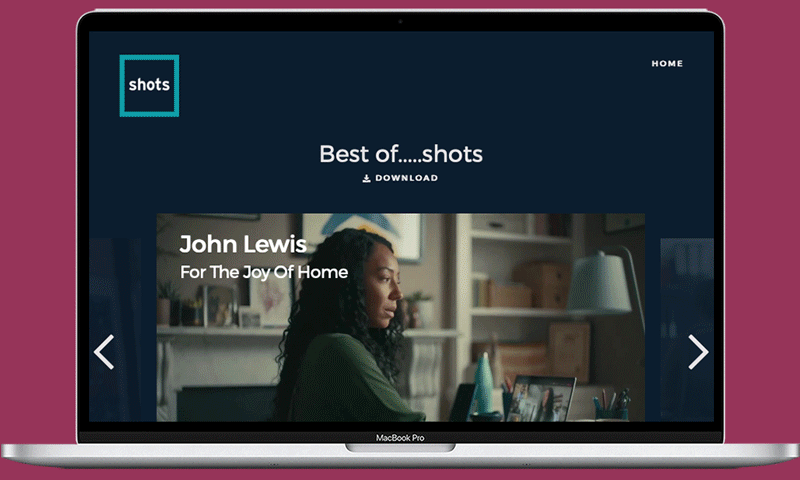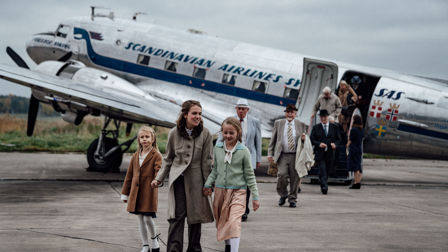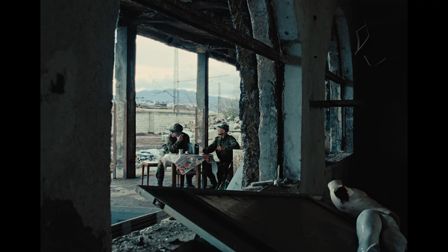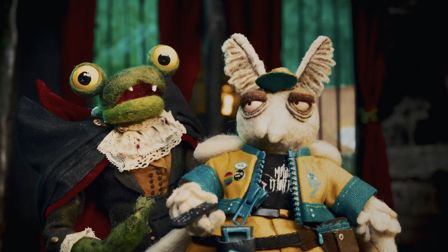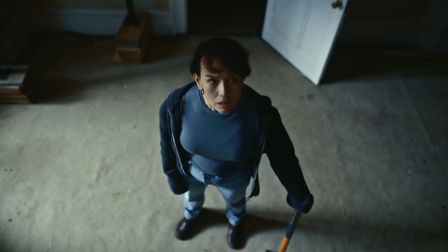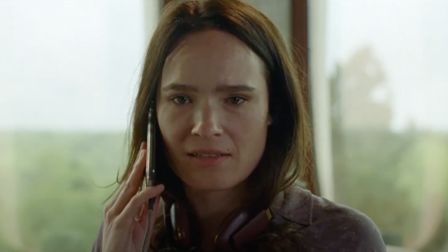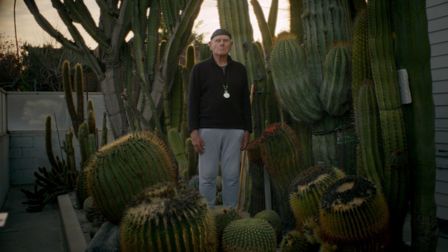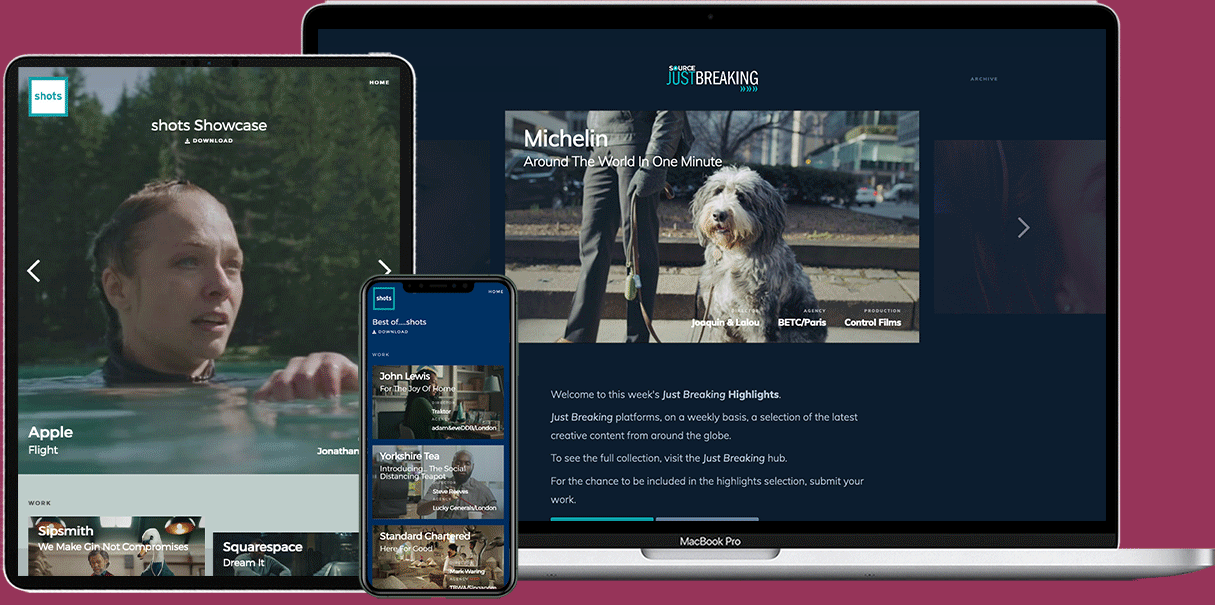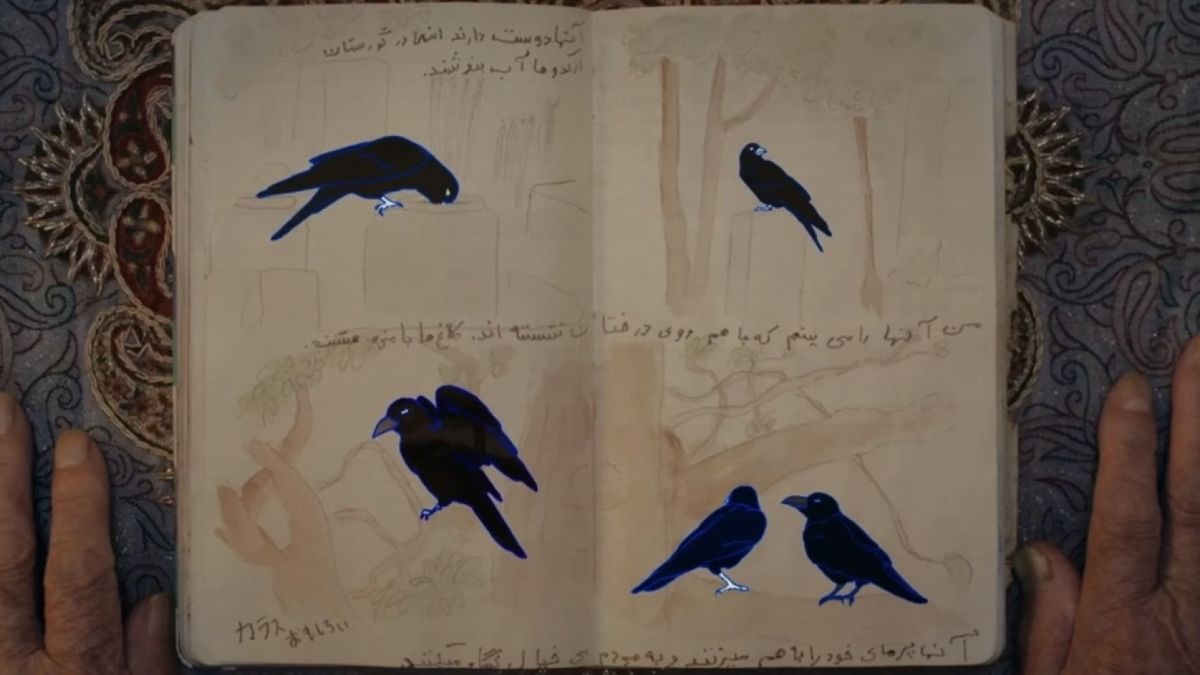Liam LoPinto on the power of returning to your roots
Winning Gold in the short film category at this year's Young Directors Awards, Liam LoPinto's sublime film The Old Young Crow is a captivating fusion of live-action and animation, nature and spirituality, and Iranian and Japanese culture.
Have you always wanted to be a director? What has your directing journey looked like?
I don’t think I used the word director to describe myself until very recently. When I was younger, I made a lot of films, whether it was joke films with my friends or animations in Adobe Flash or ToonBoom. I really liked holding a camera and I became a pretty big cinephile. It was through getting to know all of the filmmakers that I admire that I realised I really wanted to be a director.
It’s definitely connected to me rediscovering and appreciating my own culture and heritage from my time in Japan, and doing that through a nature of art, storytelling, nature, and spirituality.
My journey started with learning animation and looking at every film through the lens of an animation director, and then as my film taste grew, my appreciation for different approaches to directing and craft widened. Learning how to direct actors and work within physical spaces has also affected the kind of work I like to make.
Credits
powered by
-
-
- Director Liam LoPinto
-
-
Unlock full credits and more with a Source + shots membership.
Credits
powered by
- Director Liam LoPinto
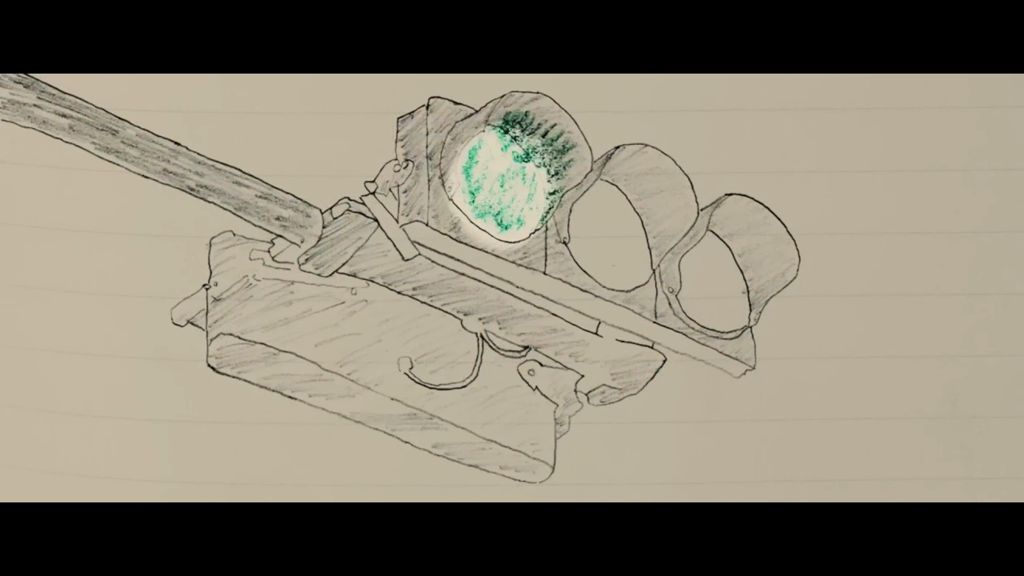
Credits
powered by
- Director Liam LoPinto
What does it mean to you to win a YDA?
Very surreal, as I felt that something like this was too out of reach for an animator and filmmaker based in the States, but seeing the film receive such an award has me feeling really optimistic about the next films I make, and it’s given me a lot of confidence in my own work.
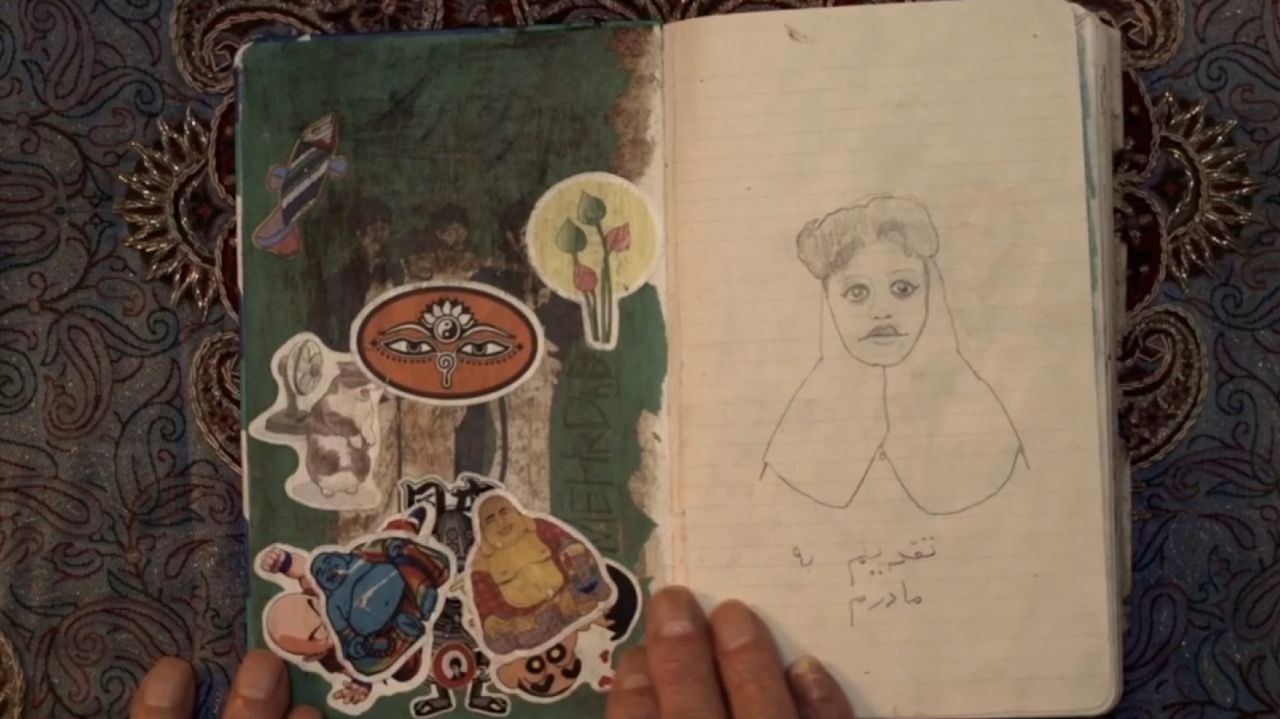
The film helped LoPinto rediscover and appreciate his own culture and heritage from his time in Japan.
How did your concept for The Old Young Crow evolve?
It’s been a long journey, beginning in 2016 when I was studying and living in Japan. At the time, I was working on a sketchbook application for the Character Animation Program at CalArts. I spent a lot of time drawing in parks and graveyards. One day, a large crow landed on the grave opposite me and that’s where the first ideas of the film evolved.
So much of my time there was informed by my interactions with elderly Japanese folks, and that obviously played a key part in shaping the story.
Around the same period, Kiarostami had passed away and there was a large amount of retrospectives about his work in Japan, I was introduced to his work and a body of Iranian New Wave Cinema that influenced the film, specifically Where Is The Friend’s House, Willow and Wind, and The Runner by Amir Naderi.
I connected with Kiarostami’s translator and assistant, Shohreh Golparian, while I was in Japan and she put me in touch with a way to find the little boy in the film and her best friend, Yamashita-san, played Tashiro Chiyo.
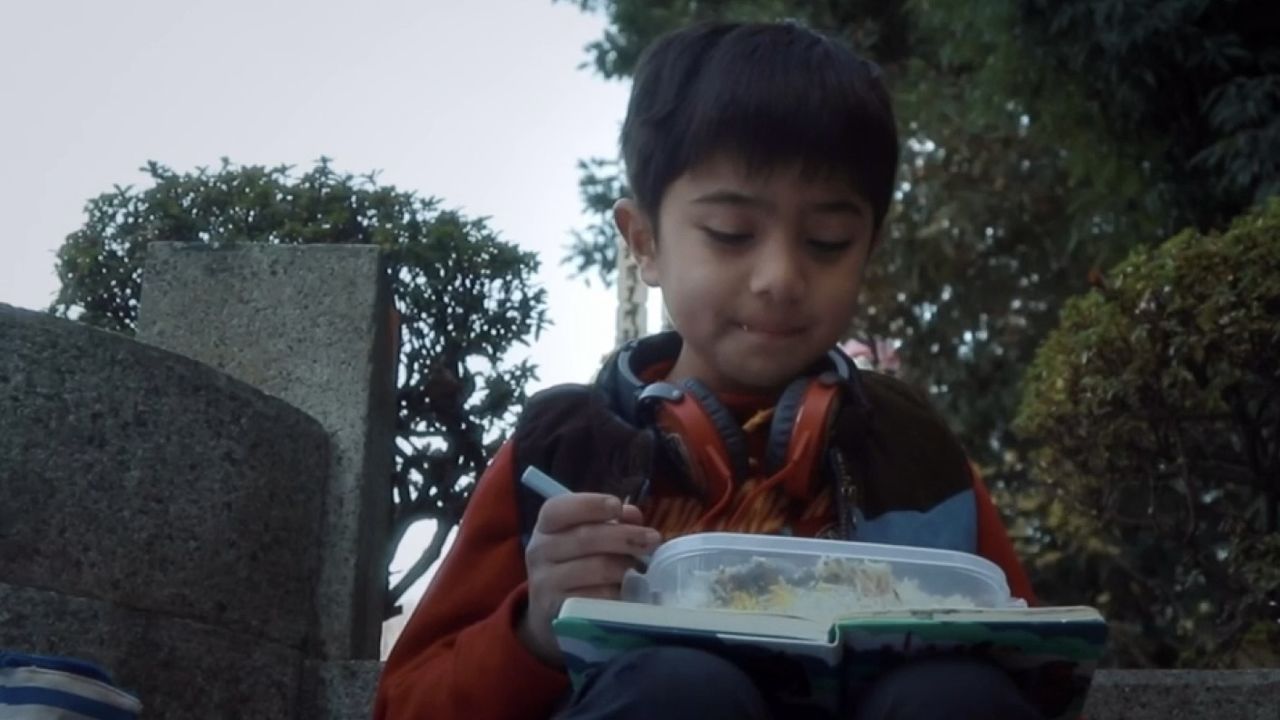
The idea for the film first came to LoPinto's when a crow landed on a gravestone opposite him.
The Old Young Crow is a fictional narrative with a lot of personal elements, how have your own experiences informed the story?
I think that it’s definitely connected to me rediscovering and appreciating my own culture and heritage from my time in Japan, and doing that through a nature of art, storytelling, nature, and spirituality. So much of my time there was informed by my interactions with elderly Japanese folks, and that obviously played a key part in shaping the story.
There were drawings that were mostly fun, stuff that was inspired by my own youth, and there were drawings that served a more narrative purpose.
What were your aesthetic and stylistic inspirations for the film?
I think the biggest influences for the aesthetics came from thinking about Pan’s Labyrinth, James and The Giant Peach, FLEE, and Spirited Away. The overlap of animation, live-action and unique production designs and stories centred on youth and imagination played a big role in how I wanted the film to look, as well as finding an organic way of tying the animation and live-action together.

The sketchbooks were all hand drawn by LoPinto and took around three to four months to complete.
Can you tell us more about the sketchbooks and practical side of the animation process?
The sketchbook took around 3-4 months to complete, and I was editing a lot of footage while simultaneously noting in the sketchbook where I wanted certain drawings to be, and where I wanted the animation to exist. I wanted the animation for the film to feel like it was emanating from one source, the sketchbook, and for it to feel like there were rules in the world of the animation.
It wasn’t until early 2022 that I was able to rediscover the film with the help of my grandfather’s narration and the Googoosh song.
I feel like when you do that, the form and style of the film feels more organic rather than forced. There were drawings that were mostly fun, stuff that was inspired by my own youth, and there were drawings that served a more narrative purpose. I would often leave space in the drawings knowing that they would be a background for the animation, which I would create on the computer with a digital pen.
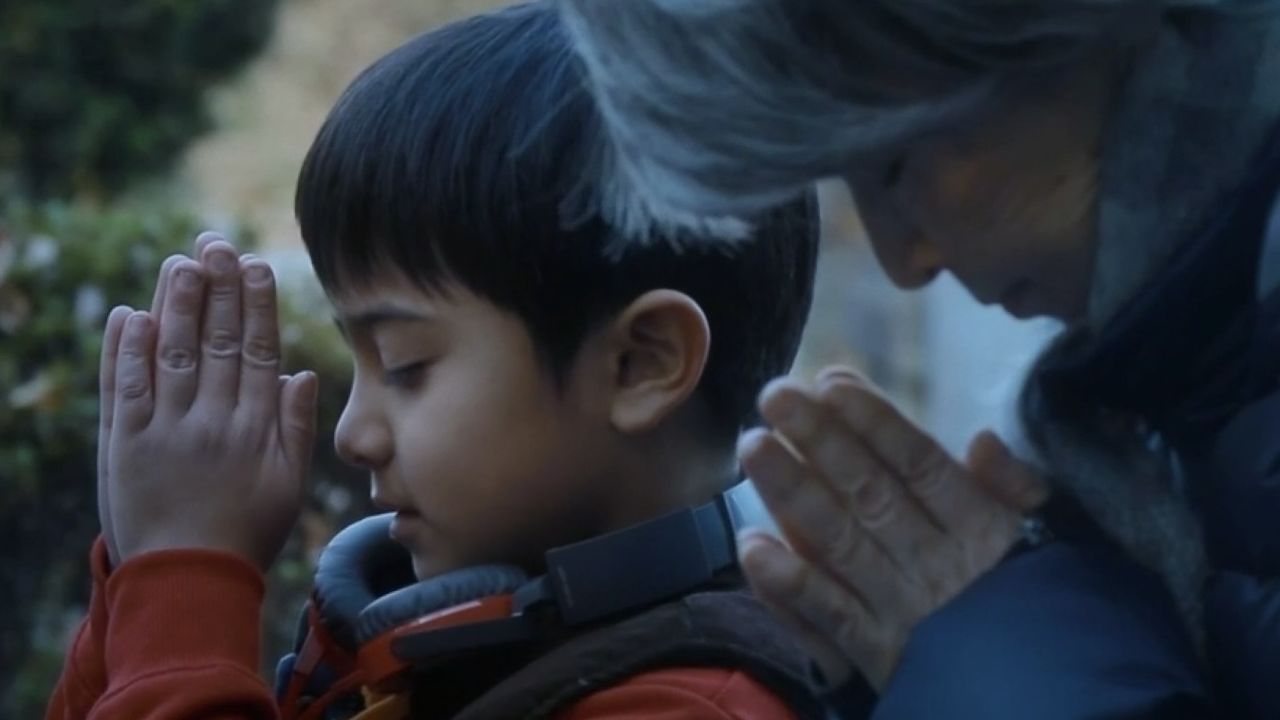
It wasn’t until early 2022 that LoPinto was able to rediscover the film with the help of his grandfather’s narration and the Googoosh song.
What were the highlights and challenges of the production process?
This film took a long time to make because unfortunately after I shot the footage in 2016, I returned to the states to discover that most of my sync sound I recorded was unusable and a lot of the shots had continuity errors and lighting issues that were almost impossible to fix in post.
Going back to your roots is the ultimate way of rediscovering why you need to tell a certain story and that was definitely part of the making of this film.
It was really discouraging and every month or so I would pick the film up, but was unable to do so. It wasn’t until early 2022 that I was able to rediscover the film with the help of my grandfather’s narration and the Googoosh song. It gave me confidence to use animation in order to reverse engineer a lot of the elements of the film that were lost, and create something dynamic and new.
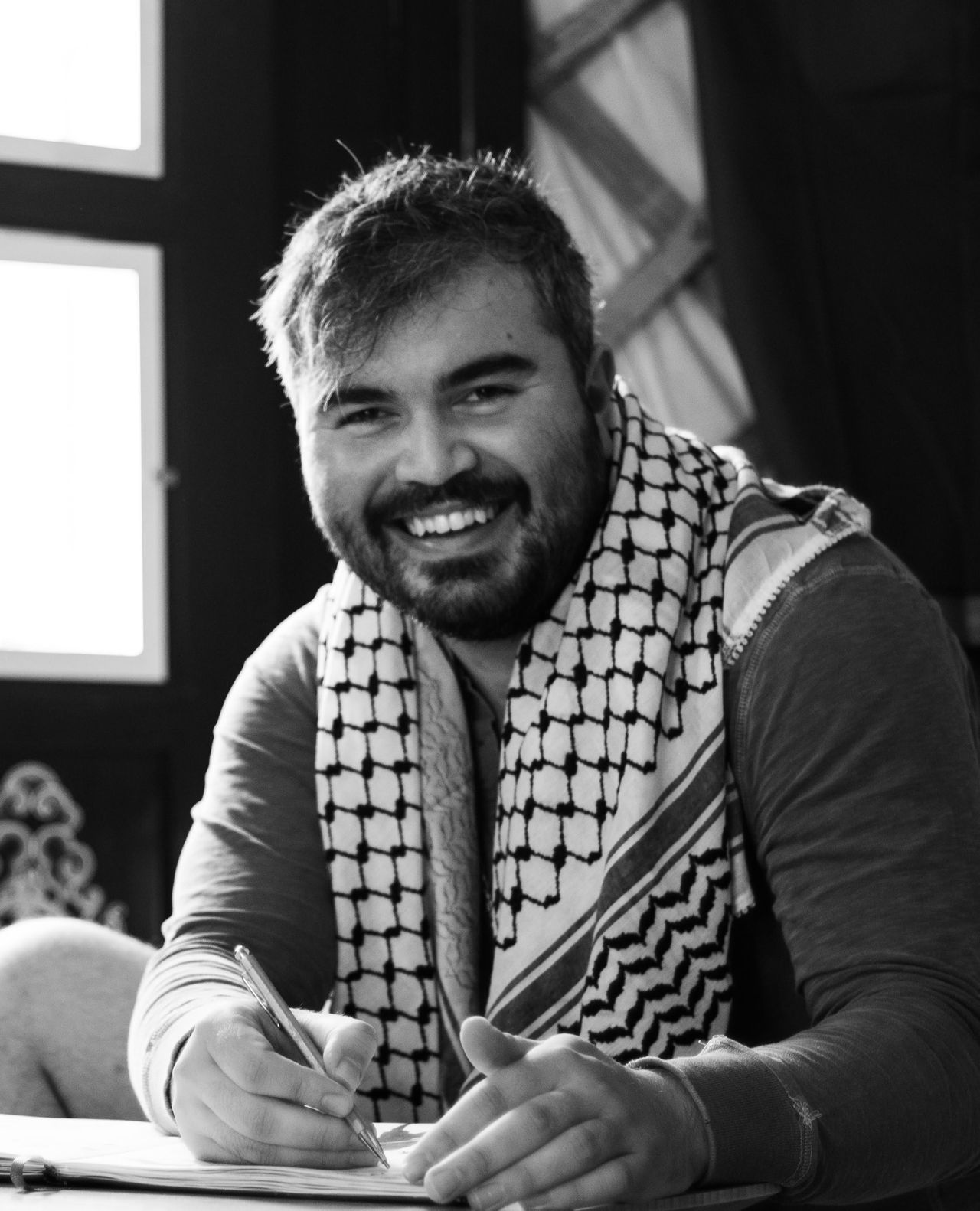
Above: Director Liam LoPinto
What have you learned from The Old Young Crow?
Never throw away any drives or footage you have, and never give up. Sometimes things take a long time, but it’s worth it. I’d also say that my family and my own culture ended up saving me in the end and really making this film. Going back to your roots is the ultimate way of rediscovering why you need to tell a certain story and that was definitely part of the making of this film.
Are you working on anything at the moment? What do you hope the future holds?
I’m working on a tentative final short film about a girl and her therapist navigating their memories and trauma through fruit, with the fruit being animated in stop-motion format. It’s the biggest project I’ve made so far, but it’s also the most personal story I’ve written. I hope that the momentum I generate from it will lead me to the production of my first feature which is a film about my parents.

